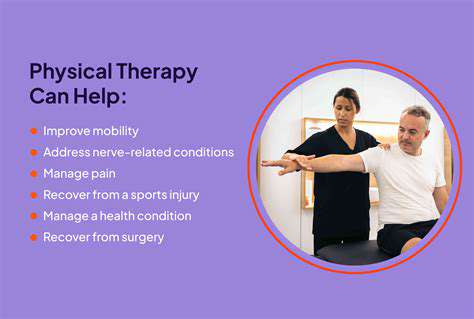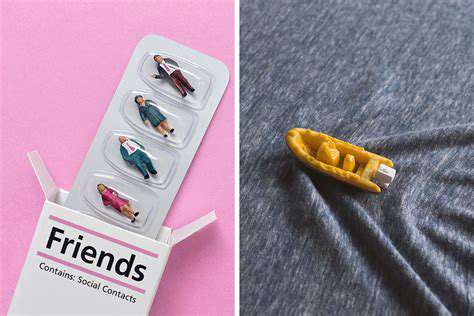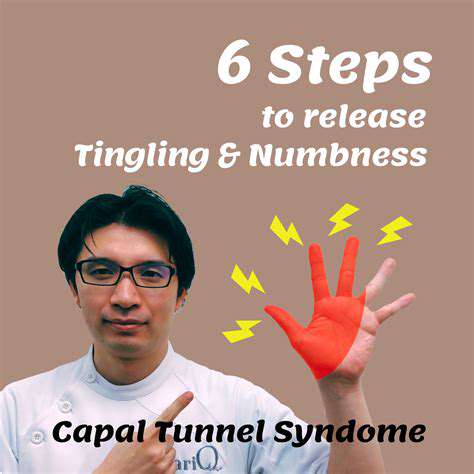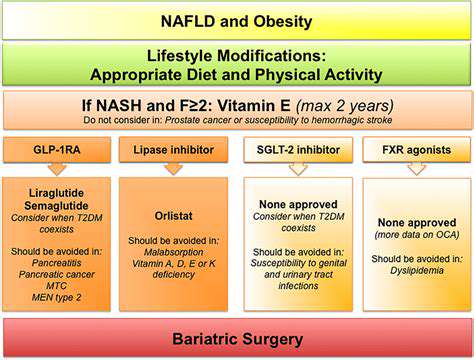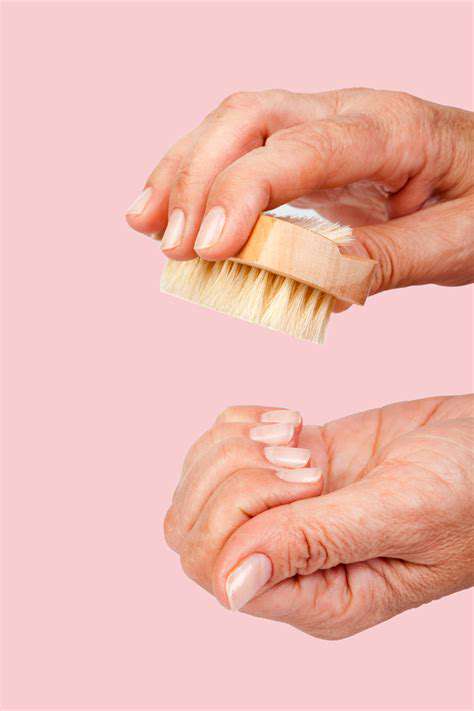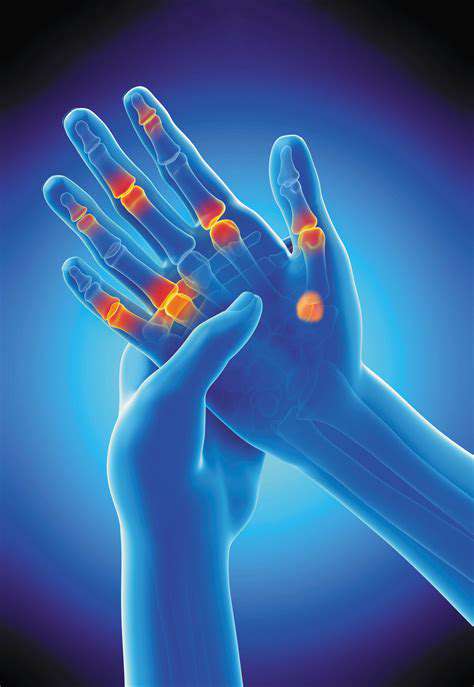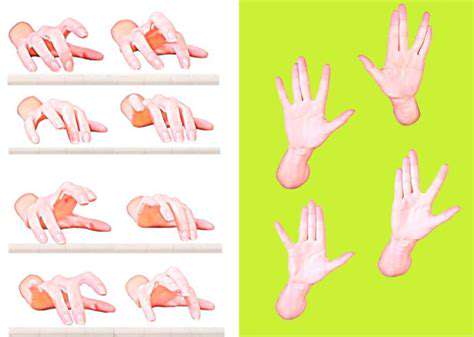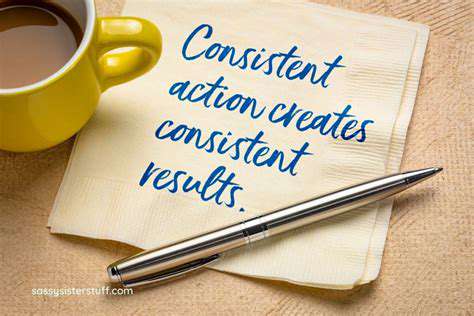Exercises for Superior Finger Sensitivity
For advanced practice, create texture identification kits using household items. Glue samples of different fabrics (corduroy, velvet, burlap) to index cards and shuffle them randomly. Time yourself identifying each by touch alone. This exercise mirrors occupational therapy techniques used by hand rehabilitation specialists.
Exploring Different Textures with Fingertip Sensitivity
Texture exploration shouldn't be passive - engage your fingertips actively like a scientist conducting experiments. Try this three-step method: 1) Lightly trace the surface contours 2) Apply medium pressure to feel material density 3) Use deep pressure to detect subsurface characteristics. This layered approach reveals more texture information than single-pass touching.
Keep a texture journal to track your progress. Note how materials feel at different temperatures or humidity levels. Does cold metal feel smoother than warm metal? Does wool change texture when damp? These observations build sophisticated tactile memory that professionals like jewelers and surgeons develop through years of practice.
Developing Fingertip Pressure Sensitivity
Pressure calibration exercises work best when incorporating everyday objects. Try this: stack coins on a table and practice removing them one by one using only fingertip pressure. Start with pennies (easy to grip), then progress to thinner dimes. The goal isn't speed but precision - lifting each coin without disturbing the stack. This mimics the fine pressure control needed for activities like playing string instruments or delicate assembly work.
For measurable progress, use a kitchen scale during pressure drills. Rest your finger on the scale and practice applying exactly 10 grams of pressure, then 20, working up to 100 grams. This quantitative feedback helps develop precise pressure modulation that qualitative exercises alone can't provide.
Tactile Response Drills for Enhanced Fingertip Coordination
Combine texture and pressure training with real-world coordination challenges. Instead of generic bead threading, try these variations: 1) Thread needles of decreasing sizes 2) Sort mixed beans by type while blindfolded 3) Pick up grains of rice with tweezers. The most effective drills simulate actual tasks requiring fine motor control.
Incorporate movement patterns from your daily life or hobbies. Musicians might practice fingering imaginary chords, while artists could draw shapes in the air with precise finger motions. This contextual practice builds transferable skills more effectively than abstract exercises alone.
Beyond the Exercises: Maintaining and Progressing

Beyond the Physical: Mindfulness and Mental Well-being
While hand exercises develop physical dexterity, true mastery requires mental discipline. Try this: during tactile drills, focus completely on the sensations in your fingertips while consciously relaxing the rest of your body. This targeted mindfulness mimics the concentration state elite athletes call the zone. Research shows this dual physical-mental practice yields faster skill acquisition than mechanical repetition alone.
Develop a pre-practice ritual to prime your focus. This might involve three deep breaths while visualizing successful execution, or gently massaging your hands to increase blood flow. Such routines signal your brain to enter optimal learning mode, making each practice session more productive.
Nutrition and Fueling Your Body
Your hands' sensitivity depends on overall nervous system health. Foods rich in omega-3s (like walnuts and salmon) and B vitamins (leafy greens, eggs) support nerve function, while antioxidants in berries combat inflammation that can dull tactile response. Stay hydrated - even mild dehydration reduces fine motor control by 15-20% according to occupational therapy studies.
Time your nutrition strategically. A small, protein-rich snack about 30 minutes before intensive hand practice provides amino acids for nerve signaling without digestive sluggishness. Post-session, tart cherry juice can help reduce muscle fatigue and inflammation.
Prioritizing Sleep and Rest
Neurological research confirms that skill consolidation occurs primarily during deep sleep. After intensive tactile training, ensure 7-9 hours of quality sleep to allow your brain to process new neural pathways. Track your sleep patterns - you'll notice better next-day performance when well-rested versus sleep-deprived.
Implement micro-breaks during practice sessions. Every 20 minutes, pause for 30 seconds of gentle hand shakes and stretches. This prevents fatigue buildup while allowing subconscious processing of new skills - a technique borrowed from professional musicians' practice regimens.
Social Connections and Support Systems
Join communities of practitioners to accelerate your progress. Whether it's a calligraphy club, musical ensemble, or craft circle, social learning provides motivation and exposes you to alternative techniques. Teaching others what you've learned also reinforces your own skills - explaining proper fingertip pressure to a beginner often reveals gaps in your own understanding.
Find an accountability partner with similar goals. Weekly check-ins to compare progress, share challenges, and brainstorm solutions create structure that solo practice often lacks. This social dimension transforms skill development from solitary chore to engaging shared journey.
Lifestyle Adjustments and Stress Management Techniques
Chronic stress tenses muscles and dulls sensory perception. Counter this with targeted relaxation like warm hand baths with Epsom salts before bedtime. The magnesium absorption helps relax overworked hand muscles while the warmth improves circulation for better next-day sensitivity.
Develop stress-awareness cues. When you notice your grip tightening during daily tasks (phone death-grip, steering wheel clenching), use it as a trigger to breathe deeply and relax your hands. This constant micro-practice prevents the tension buildup that sabotages fine motor control.
